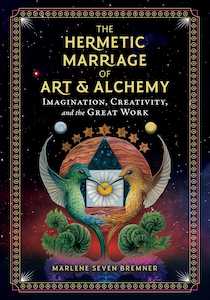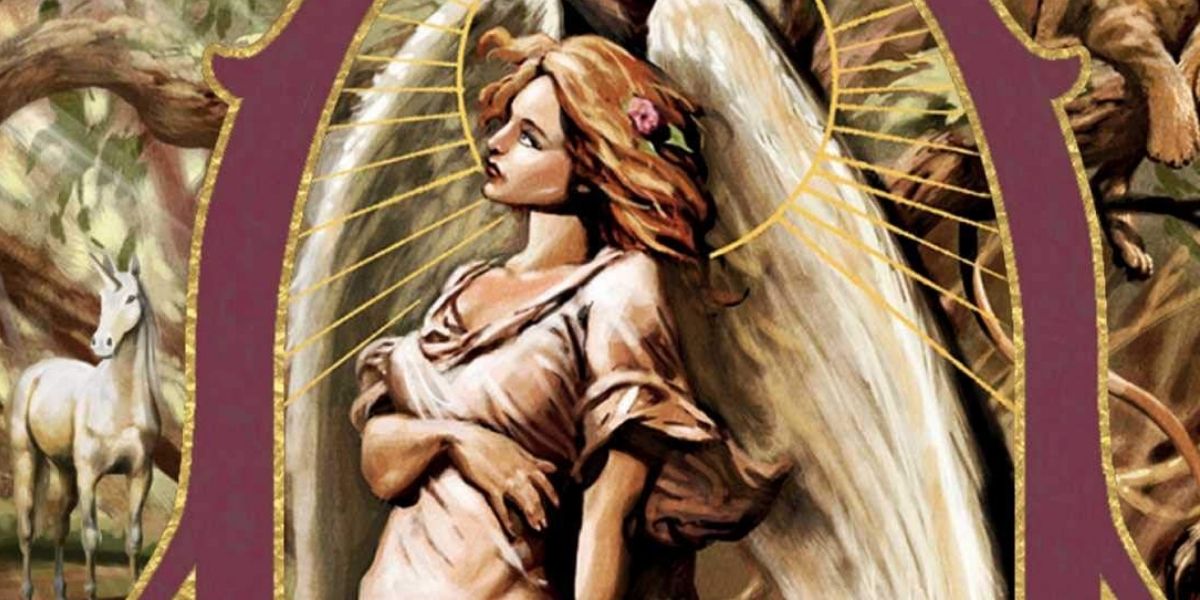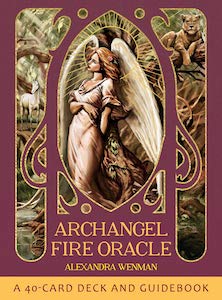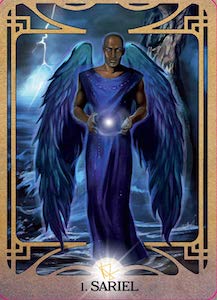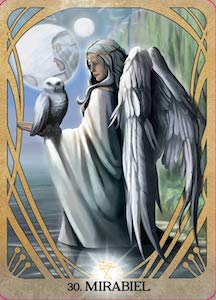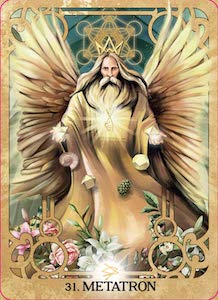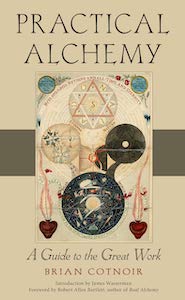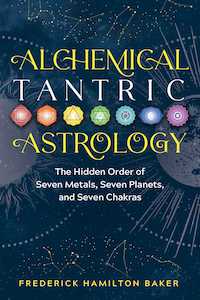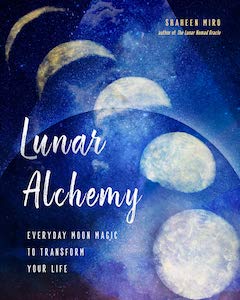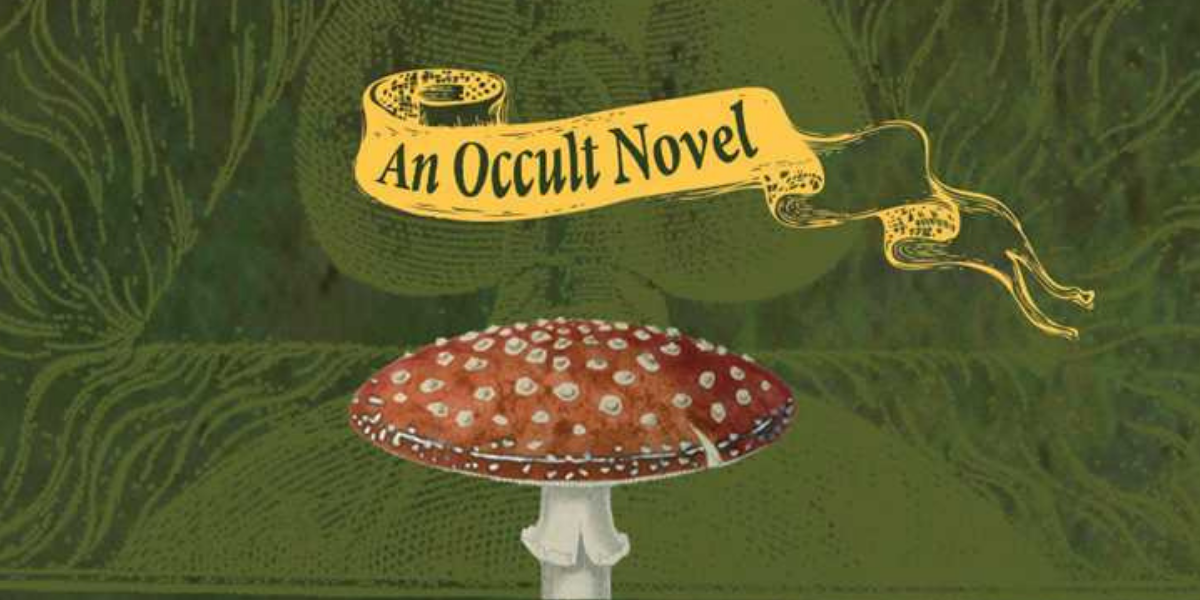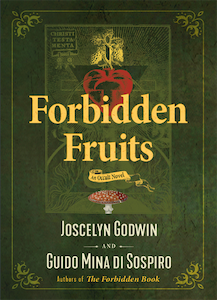
The First Alchemists: The Spiritual and Practical Origins of the Noble and Holy Art, by Tobias Churton
Inner Traditions, 1644116839, 320 pages, November 2023
Alchemy can sometimes feel like a buzzword, especially in modern times where it has taken on a heavily psychological context due to Carl Jung’s work and been co-opted by every influencer promising instant change. For those who begin to research alchemy in a more historical context, it quickly becomes exceedingly clear that the path is long and jumbled. Weaving through the different strands throughout time and global cultures amid intentional secret-keeping become a quandary. In his introduction to The First Alchemists: The Spiritual and Practical Origins of the Noble and Holy Art, Tobias Churton writes:
“Well, it is hardly surprising that confusion has inhibited understanding of alchemy. The term has perhaps simply come to mean “too much.” When confronted with something akin to a Gordian knot, I feel an urge not to annihilate the puzzle by putting my sword through it as Alexander the Great did but rather to retire and try to figure out how the knotty phenomenon actually came about. And that is my explanation for undertaking this investigation into the first alchemists. The job needed doing.”1
I absolutely agree with Churton’s assertion that someone had to conduct more thorough research about the origins and alchemy and piece it together for others. So much of what I’ve read about alchemy’s history focuses on Hermeticism, particularly in the 1400s and beyond when ancient texts prompted a revival of the art, which is fascinating, but many books neglect the deeper history, the roots of alchemy.
In laying his foundation, Churton begins by teaching readers about the oldest surviving texts on alchemy (Stockholm papyrus, Leiden papyrus). While these texts were mundane rather than mystical in nature, focusing on things such as dye recipes, making and whitening pearls, cleansing stones, and creating imitation gold and silver. He also covers Pseudo-Democritus’s Four Books, the oldest texts on alchemy that have been lost to history but were summarized in surviving treatises Physika kai Mystika (Natural and Secret Questions) and Peri asēmou poiēseōs (On the Making of Silver).
These texts situate early alchemy’s origins in Roman Egypt. Churton shares sources that claim Pseudo-Democritus was influenced by Ostanes, a great Egyptian priest. In addition to Ostanes, these early practitioners include Cleopatra, Mariam (a Jewish woman known in alchemical tradition as Mary the Prophetess), and artisan Theosebeia–notably all women. Churton spends time on each woman, detailing pretty much all that is known about them, particularly from the writing of Zosimos of Panopolis.
“Early alchemy has something of a cosmopolitan, if not multinational and above all practical, rather than ideological air about it.”2
Three whole chapters are dedicated to Zosimos, and he continues to be the prominent focus of the rest of the book, because there is more written testimony from him than any other early alchemist. Titled “father of religious alchemy”3, his contributions can hardly be understated. Churton describes how, “Zosimos’s alchemy is a natural divine path to God, in which pious practitioners are called to identity with all elements and transformations, so as to experience harmonious union, or “gold”…”4
Working off of Zosimos’s writing, Churton guides readers through chapters on what the first alchemist actually did, how they did it, and where they did it. And, since I’m sure this sparked your curiosity, it mostly focused on creating dyes and working with metals. There’s pictures of early apparatuses, as well as details of the chemical components of minerals and other substances used to achieve their aims.
Additional chapters include “The Myth of Transmutation”, “Forbidden Knowledge”, and “Legacy” which clarify more about the aims of the early alchemists. Churton shows that the “first alchemists did not operate with the end in mind of fabricating a philosophical stone or philosopher’s stone to transmute base metals into gold”5. This realization throws into question the traditional definition of alchemy, as this is what most assume alchemy is all about based on later alchemical history. Churton notes, “Modern writers then have often simply backdated what they learned about post-Zosimos alchemy and projected it onto Zosimos.”6
Churton often references the work of Shannon Grimes, professor and head of the Department of Religious and Ethical Studies at Meredith College. She has recently published the book Becoming Gold: Zosimos of Panopolis and the Alchemical Arts in Roman Egypt, which would be another great resource for those interested in this subject matter. In a similar vein, readers might also feel more comfortable with the topics covered in this book after delving into some of Churton’s other books, in particular The Lost Pillars of Enoch, The Golden Builders, and The Gnostics.
For those new to reading Churton’s work, you can expect a lot of detail! I find it helps to take notes to process and organize the new information I’m reading, as he is a very erudite writer, who draws upon multiple sources to weave together his assertions but sometimes assumes his readers know more than they actually do, especially if this is your first introduction to the topic. For these reasons, I always get so much out of Churton’s writing because I am left with many avenues of interest to explore, but this can delay me finishing the books due to being sidetracked or feeling like I need additional time to digest what I’ve read before proceeding. The note taking helps me to stay focused on the topic at hand and then go back to what sparked my interest afterwards!
All in all, The First Alchemists is an illuminating read that delves into the “who, what, where, why, when” of early alchemy. Drawn from the original sources and scholarly work about these texts, he brilliantly depicts the origins of the Royal Art, which vary greatly from our modern notion of what alchemy is, its purpose, and its practitioners. I highly recommend this book for those interested in the history of alchemy, especially if they feel called to traditions that utilize alchemical in modern times, such as Freemasons and Rosecrucians. While there’s no doubt secrets to uncover, it’s interesting to see the initial practical value of alchemy, in particular recipes and methods for making dyes, and the evolution through time.
Alanna Kali is an astrologer, numerologist, and pioneer spirit that loves to explore life through the lens of depth psychology. She has a passion for studying the humanities and social trends. Her academic work is centered upon reuniting body, mind, and spirit through eco-psychology. She loves reading, spending time in nature, and travel.


